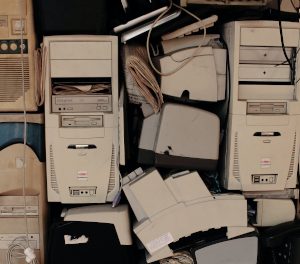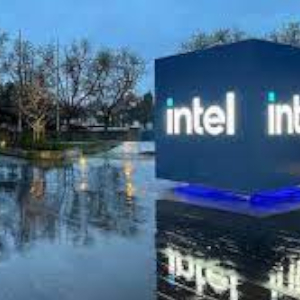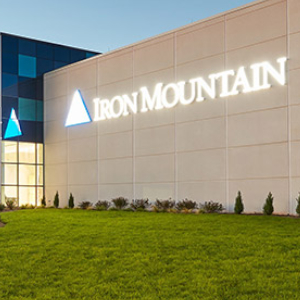Intel calls its strategy “AI Everywhere”, and qualifies its portfolio of products and solutions in AI as “unmatched,” promising that its brand and AI solutions will be in PCs, data center, cloud, networks, edge, etc.
So, what’s going on the ground? Is there real traction for Intel’s ‘AI everywhere?’ The company told analysts that dozens of PC makers are already using its newest chip to build PCs that consumers would embrace, resulting in a new upgrade cycle with new machines boasting AI features. It even said that Best Buy would sell these new products starting the 14 of December.
Well, if you are shopping for a computer and you use Best Buy, chances are that as of 20 December 2023, there is still no AI everywhere on the shelves. In fact, what I noticed is that despite efforts to clear inventory of PCs that have piled up for several months, computer prices remain alarmingly high even before AI is here. Here is a snapshot of that in this one-minute video.
What this could mean for PC vendors and ITAD companies?
With inflation still out of control, and major retailers warning that the holiday season could be compromised, it would be difficult to see how consumers would flock to buy computers at such high prices. And with AI “nowhere”, there is probably no urgency among potential buyers to head to stores to grab a new system.
There are two potential consequences to this situation: PC vendors and their technology partners should brace for another weak 4th quarter. There have been hopes that the holiday season will help clear inventory, but at those prices, I don’t know how this will happen. And so when Gartner and IDC release their market assessments, we should not be shocked to see rather subdued numbers, and PC vendors probably know that already.
The second possible outcome is rather a positive one for ITAD vendors, in particular for the ones that have strong relationships with OEMs. ITAD vendors looking to procure unsold systems to feed their markets, even if these devices have not come out of their first lifecycle, could benefit from this inventory sitting there for a while. Between this piling inventory and the upcoming arrival of the next generation AI everywhere, it should not be too hard to convince OEMs to reduce their prices post-holidays.





